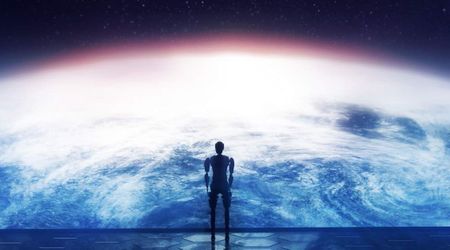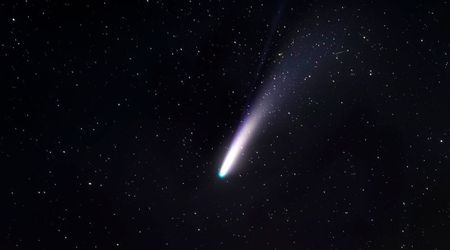Ancient texts suggest Arab scholars referenced supernovae way back in 1006 and 1181 AD
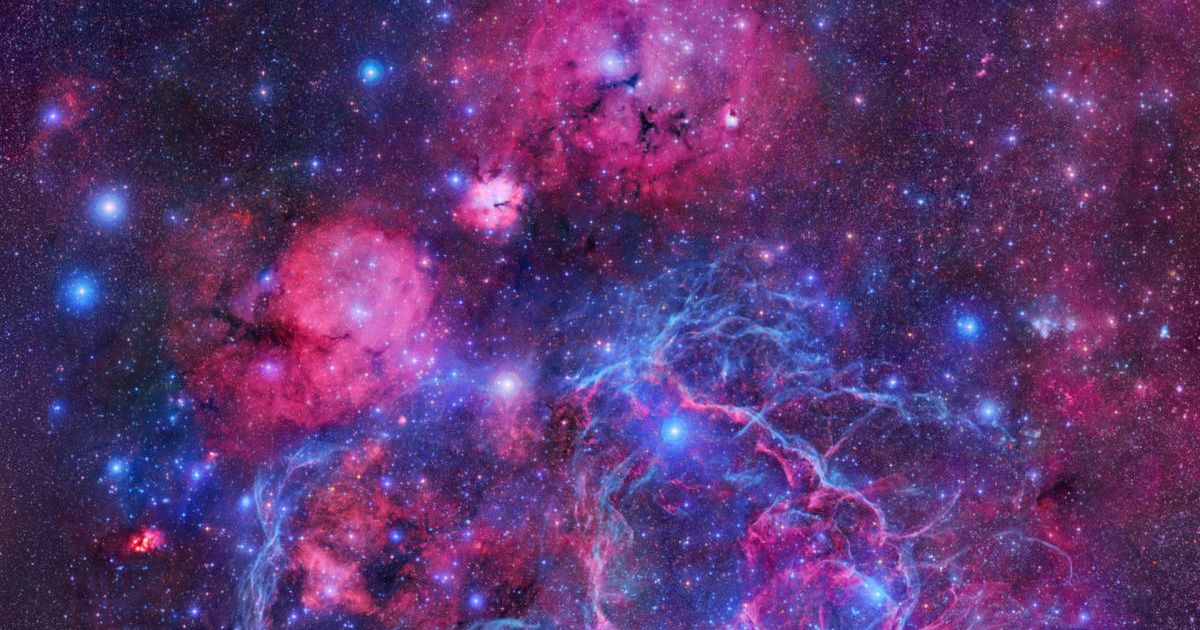
A recent academic investigation suggests Arabic writings may contain previously unrecognized observations of two significant galactic supernova events: SN 1006 and SN 1181. The findings, published in a new study, underscore the value of historical astronomical records, often compiled by meticulous observers in the Near and Far East, for confirming and elaborating on knowledge of past cosmic phenomena.
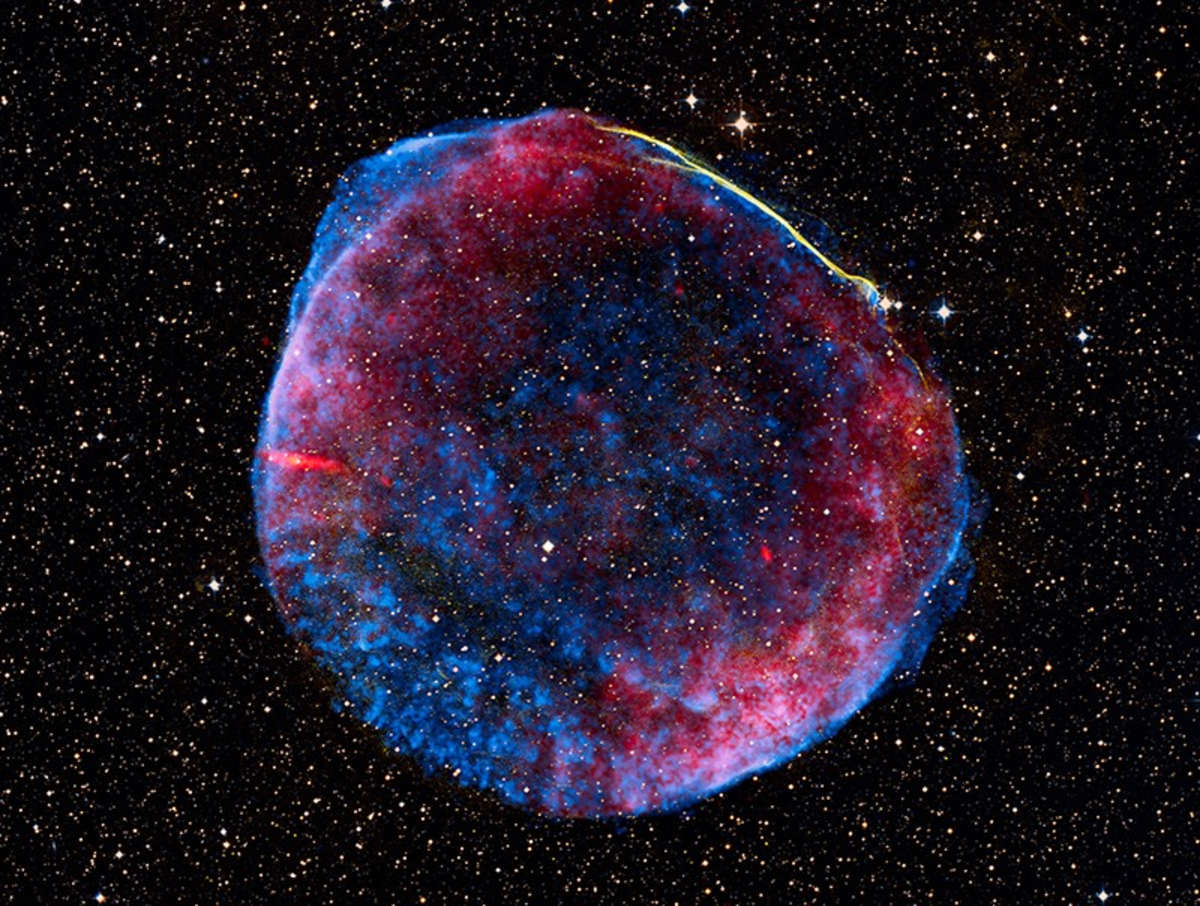
The study highlights a poem by Ibn Sanā’ al-Mulk, written around the time the 1181 AD supernova would have been visible. According to Universe Today, the text, praising the ruler Saladin, includes a striking line: "I see how everything on the surface of the Earth has increased in number thanks to your justice; now even the stars (anjum) in the sky have increased in number." The poem further describes the sky adorning itself with a new star, noted by Arab observers in the area of the modern-day Cassiopeia constellation.
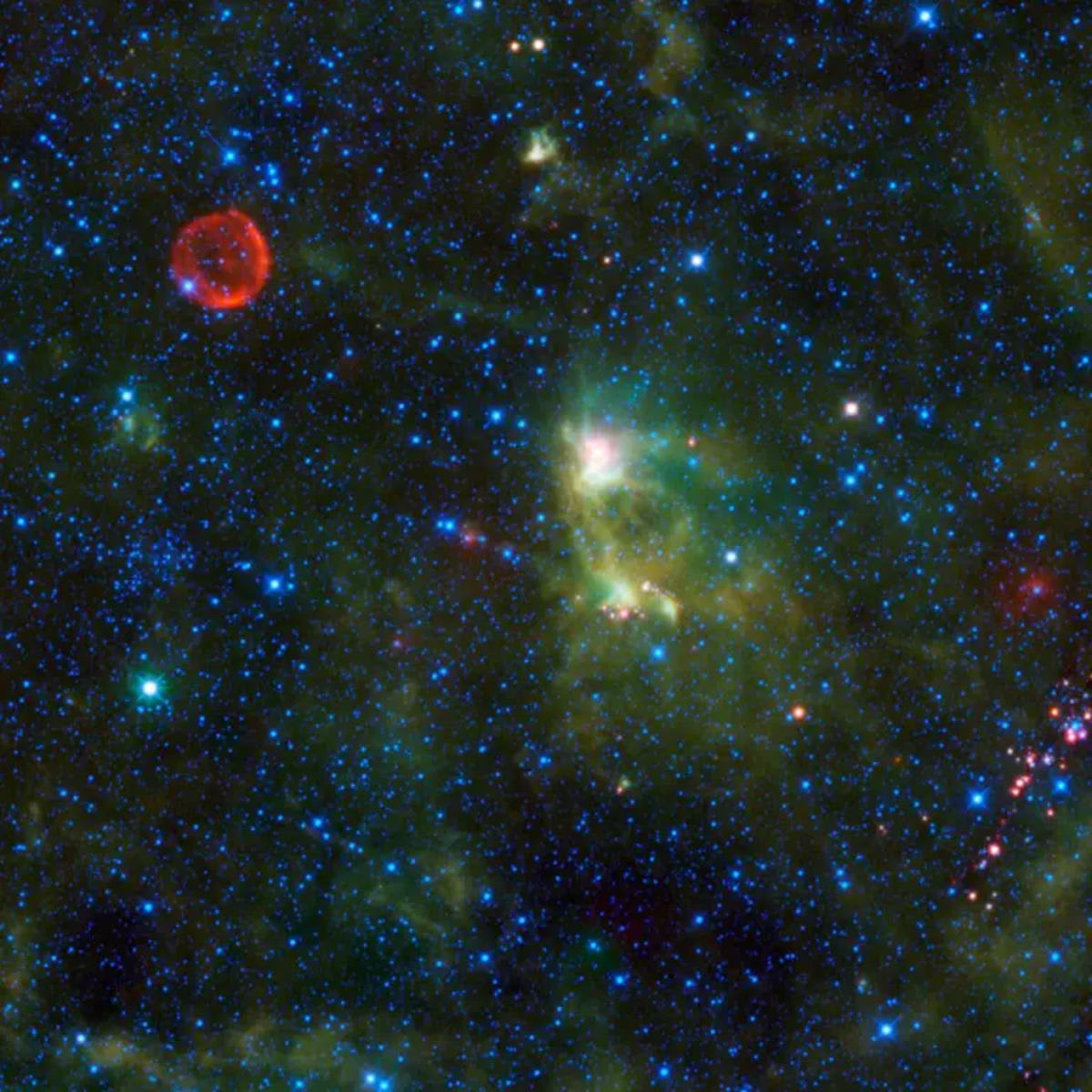
Astronomers note the importance of this potential new documentation for SN 1181, which until now was primarily known through Chinese and Japanese records. One researcher suggests the poem's context, likely recited for Saladin in Cairo in 1181-1182, places the observation precisely when the supernova was at its peak. This Arabic description may also help resolve the ongoing debate over the remnant's location and its unusual classification as a potential Type Iax supernova, a rare explosion that may leave behind a so-called 'zombie star.'

The research also cites a much later account by 14th-century historian Ahmad ibn ‘Alī al-Maqrīzī, describing a "star with a tail" that appeared during the rebellion of Abū Rakwah. The object, which “shone like the Moon with brightness” and “remained some months,” is consistent with the famous Supernova of 1006 (SN 1006).

While the description could potentially fit a comet, the sheer duration and contemporary use of the term 'kawkab' (star/planet/comet) in other Arab texts for SN 1006 strongly support the supernova interpretation. This immense stellar explosion, which reached an estimated magnitude of −7 and was bright enough to be seen in the daytime, was highly visible across the southern hemisphere but largely missed by European observers due to its low southern declination.
The text referencing SN 1181 was a serendipitous find, with a researcher re-dating the poem and then connecting it to the supernova. Similarly, the SN 1006 account was found by a separate scholar. These discoveries underscore the often-overlooked depth of ancient astronomical observation, particularly among Arab and Oriental scholars.
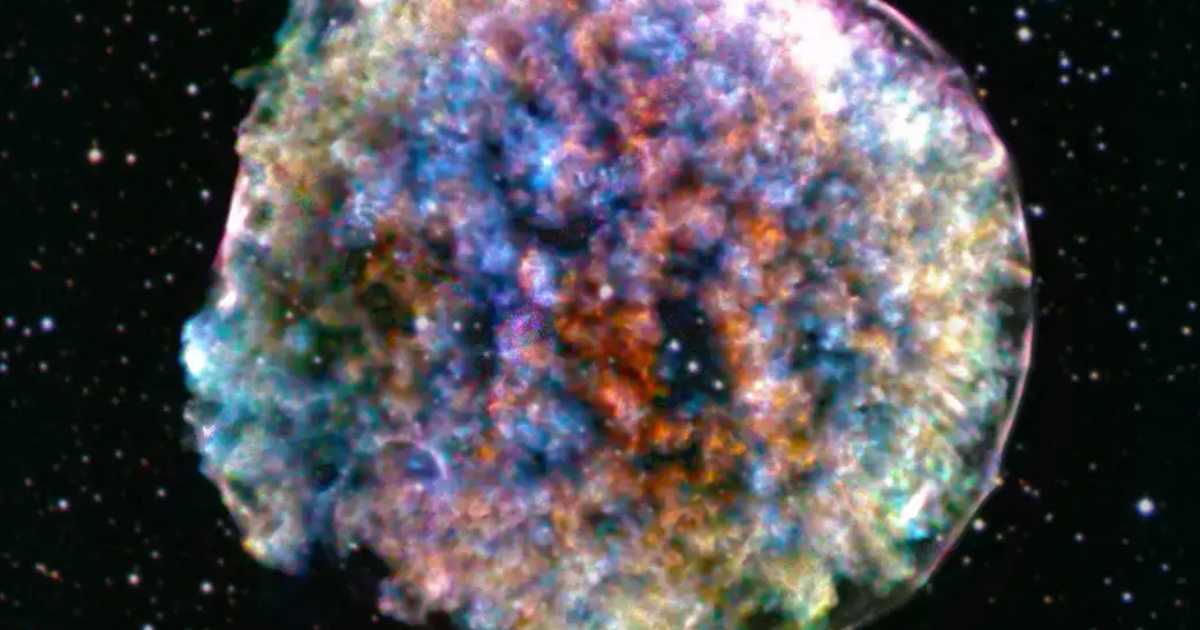
Experts emphasize that the continued exploration of ancient texts remains a crucial frontier for both historical and modern astrophysics, as supernovae play a vital role in recycling heavy elements back into the cosmos. While the world awaits the next visible galactic supernova, researchers will continue to mine the past for critical data on these powerful stellar explosions.
This convergence of ancient scripture and astronomical observation reminds us that the human quest to understand the universe is as old as civilization itself, perpetually linking our deepest spiritual inquiries to the grand scale of the cosmos.
More on Starlust
Astrophysicists unveil new protocol to capture supernovae mere hours after they explode

